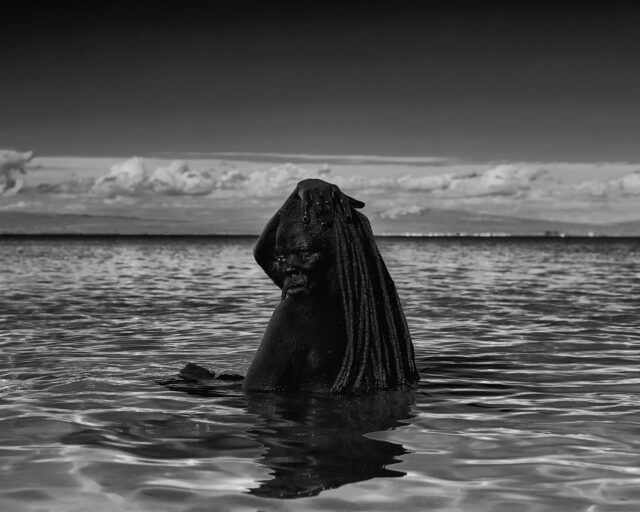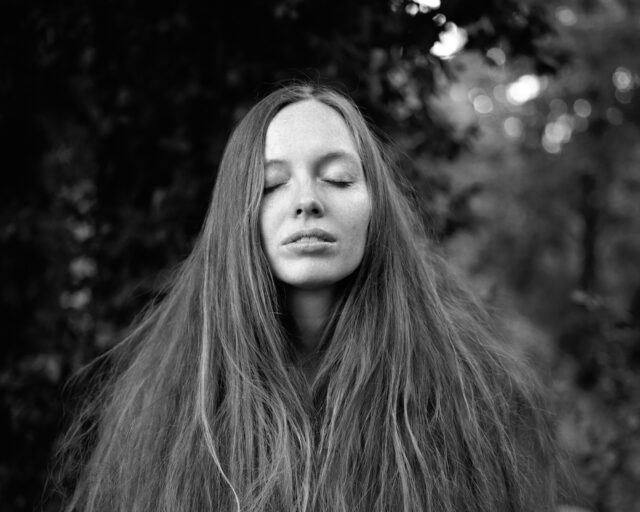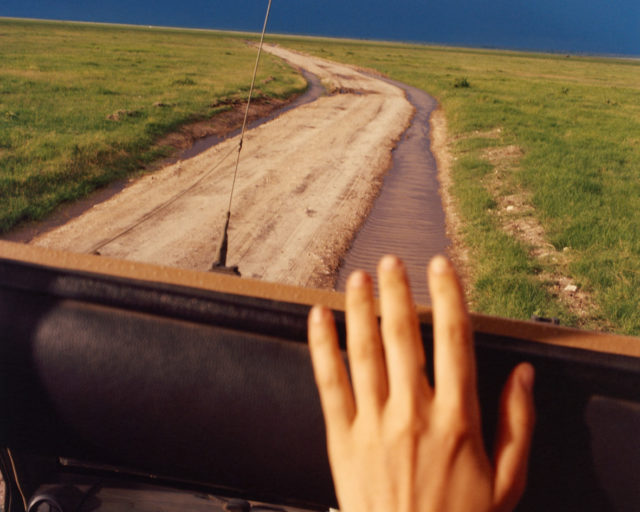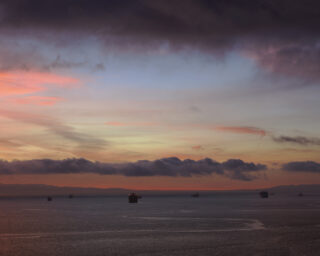A Young Photographer’s Public Diary of Private Details
In scenes of striking intimacy, Abdul Kircher searches for the brutal and the tender.
Abdul Kircher, Untitled, 2016–19
Abdul Kircher comes from a family of artists. His grandfather was a painter known for his vivid Pop art, and his great-grandfather and great-uncle were goldsmiths. A lineage of this sort comes with a certain kind of pressure—to appreciate art, to find a medium, and, in short, to eventually create.
Kircher, who was born in Berlin and raised in Queens, found photography when he was fifteen, and it quickly became his practice of choice. He was a Tumblr kid—those early adopters of the social-media platform who valued graphic and aesthetically pleasing depictions of life—and posted photographs of himself. But when Kircher’s friend lent him a point-and-shoot camera, the range of his subjects expanded considerably. His early work sought out stories of the people society had chosen to ignore: the homeless, the addicts, the poor.
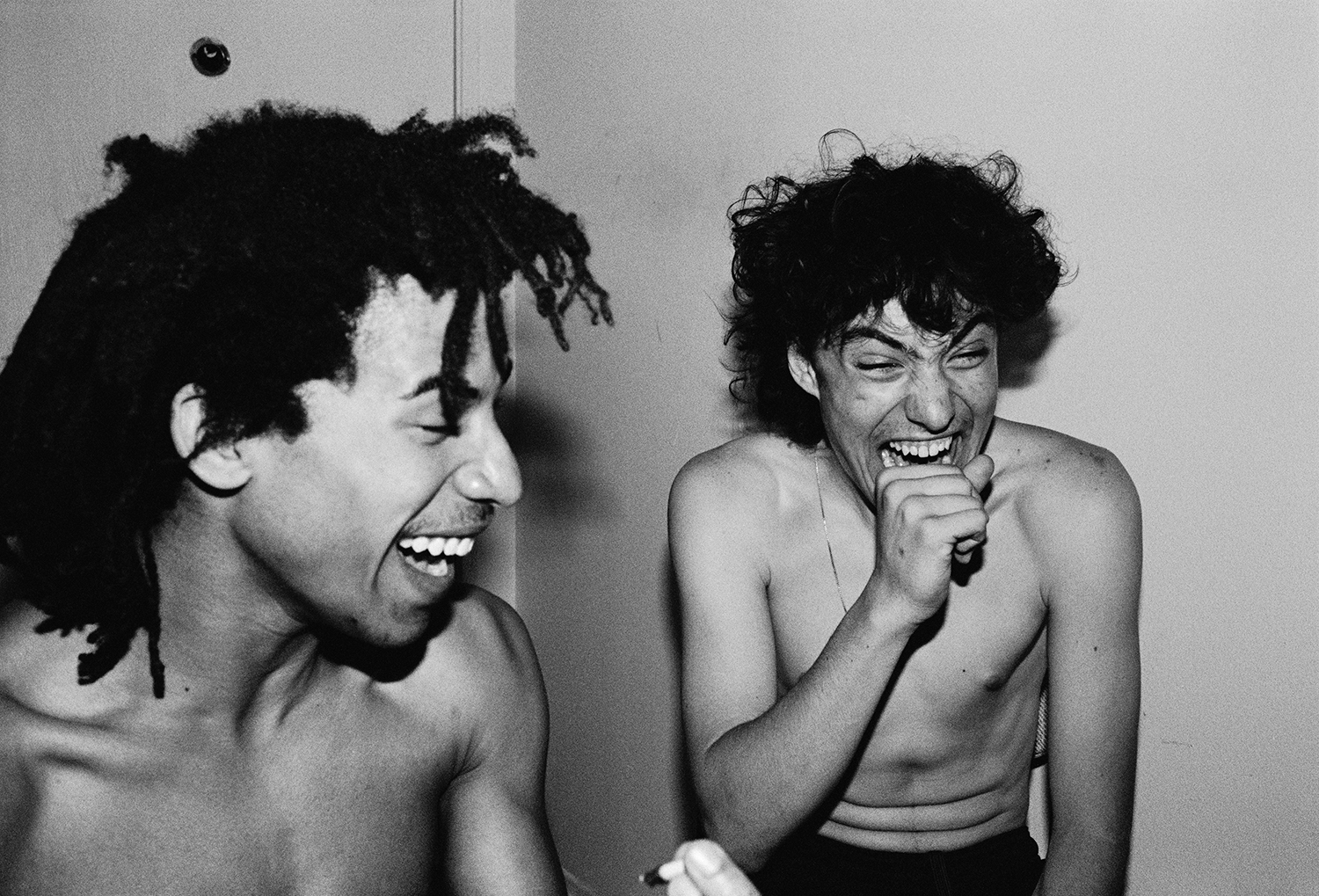
Now twenty-three, Kircher has left New York to study photography in a graduate program at the University of California, San Diego. He’s more independent, more introspective, yet, he admits, more lonely. He looks back on those early years with a distant curiosity. “I would have a lot of trouble going up to those same people now,” he says. His images have moved closer to home—they are less about capturing strangers and more about documenting his family in the United States, Germany (his mother’s side), and Turkey (his father’s side). When he was younger, making work about his family felt too obvious. But with time, these relationships began, he says, to “mean so much more to me. It’s probably the purest thing I can capture.”
Kircher’s images aspire to candidly reconcile a family history defined by equal parts tenderness and brutality. In one, a framed photograph of a young Kircher and his mother hangs beside Jesus on the cross. The photograph within the photograph was taken at an aunt’s house in Berlin, where Kircher spent many summers. His mother gave birth to him when she was fifteen; his father was abusive, and the story ends with Kircher and his mother running away. For Kircher, the Christ figure conjures his father’s side of the family, most of whom are religious Turks. “I don’t know what it feels like to live in that kind of world,” he says. “I am always collecting weird religious things because I don’t really understand it.”

There is the photograph of his mother, his stepfather, and his little brother, one of the few Kircher has of all three of them together: It’s early morning; in the apartment there are “barely any doors,” so light can filter in from both ends of the room. Their languid bodies reflect a kind of fluidity in both proximity and intimacy. Other photographs expand Kircher’s definition of family. In one, his partner showers at his extended family’s home in Berlin. In another, Jasper, his best friend who is “more like a brother,” dominates the left side of the frame.
For Kircher, these photographs are primarily a means for connection, with the camera facilitating these interactions. Like Clarice Lispector in Água Viva (1973), a text Kircher finds himself thinking about lately, he is attempting to “grab hold of the is of the thing,” to capture present moments despite understanding its intrinsic futility. The result is a diaristic archive of his life that negotiates private sentiments and a public self, and images that summon specific details—the sound of laughter, a particular story—and keep viewers at bay. As Kircher battles existential questions preternatural to his age and craft, he’s leaned into the vulnerability of what exists around him. Why, he asks himself these days, go out and hunt for these associations when what he needs is right here?
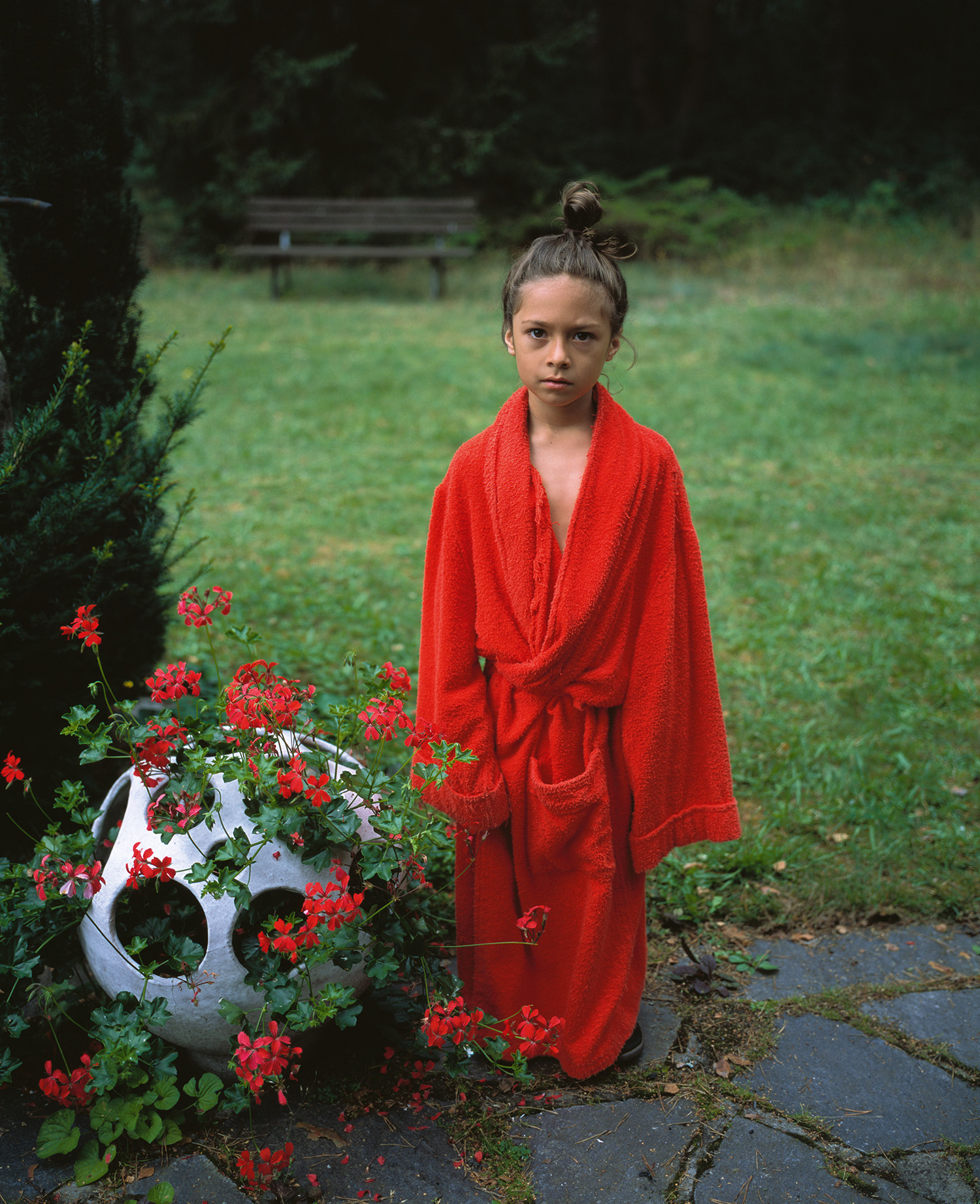
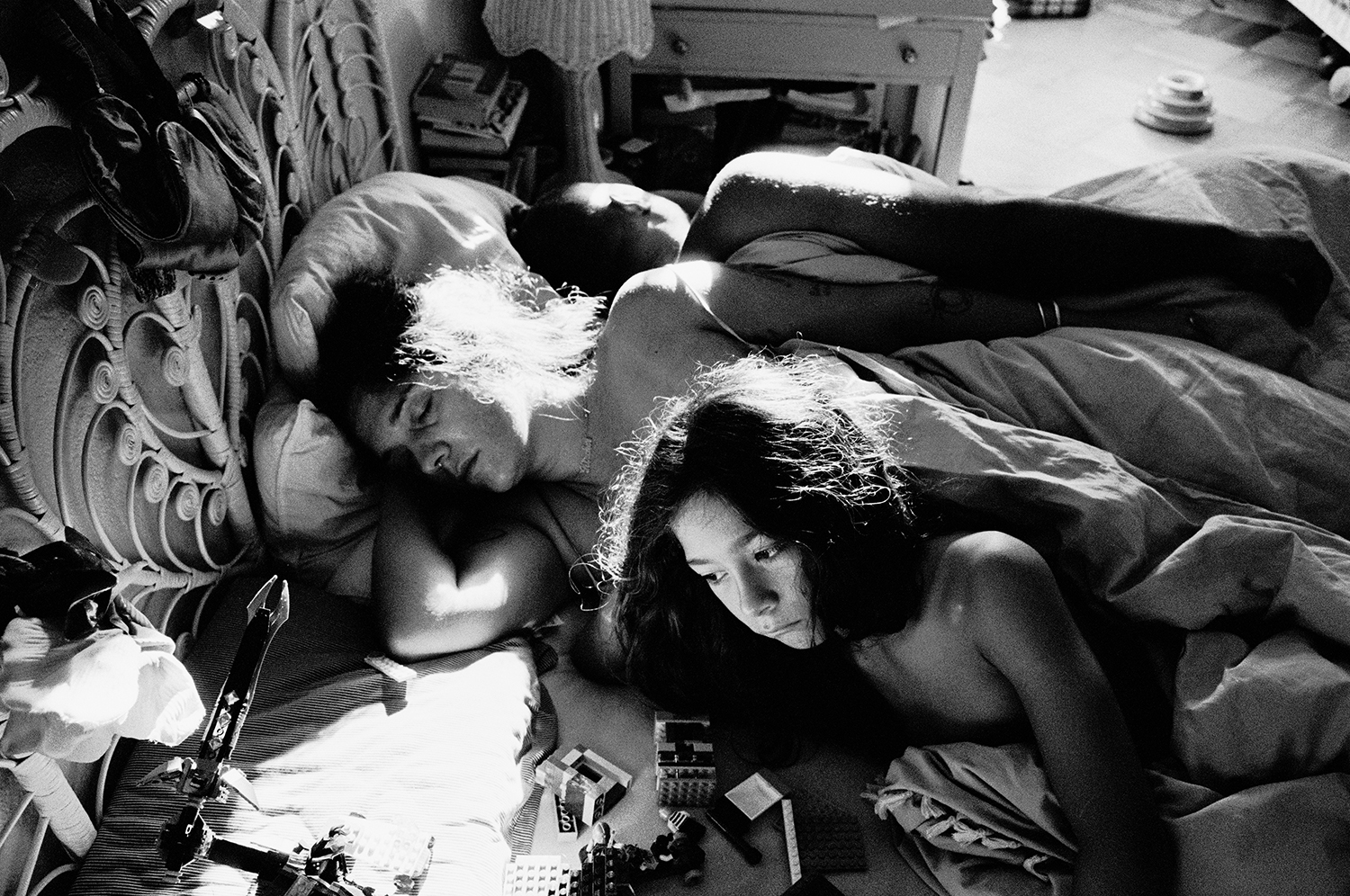


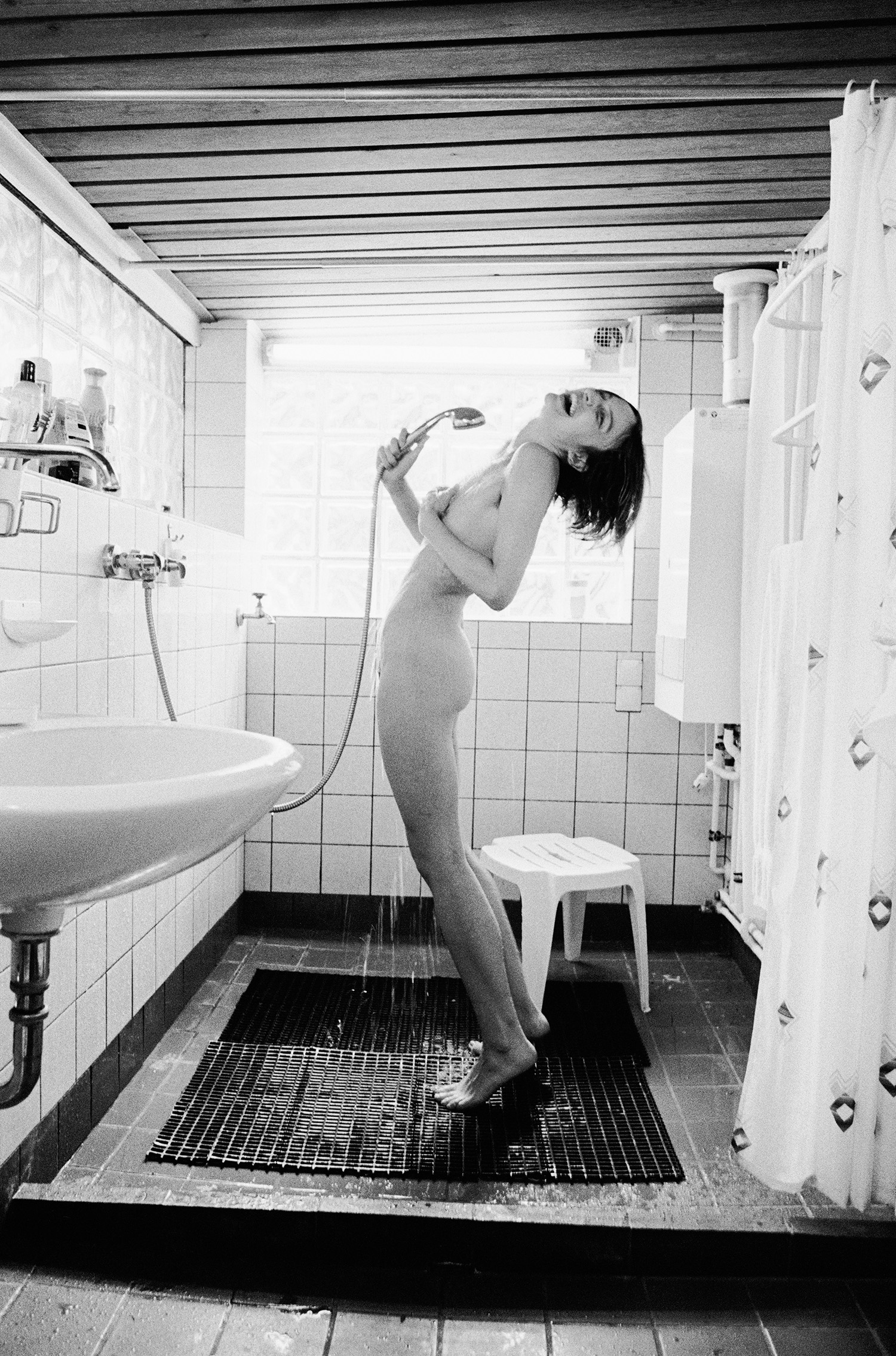
Courtesy the artist
Read more from Aperture, issue 239, “Ballads,” or subscribe to Aperture and never miss an issue.










